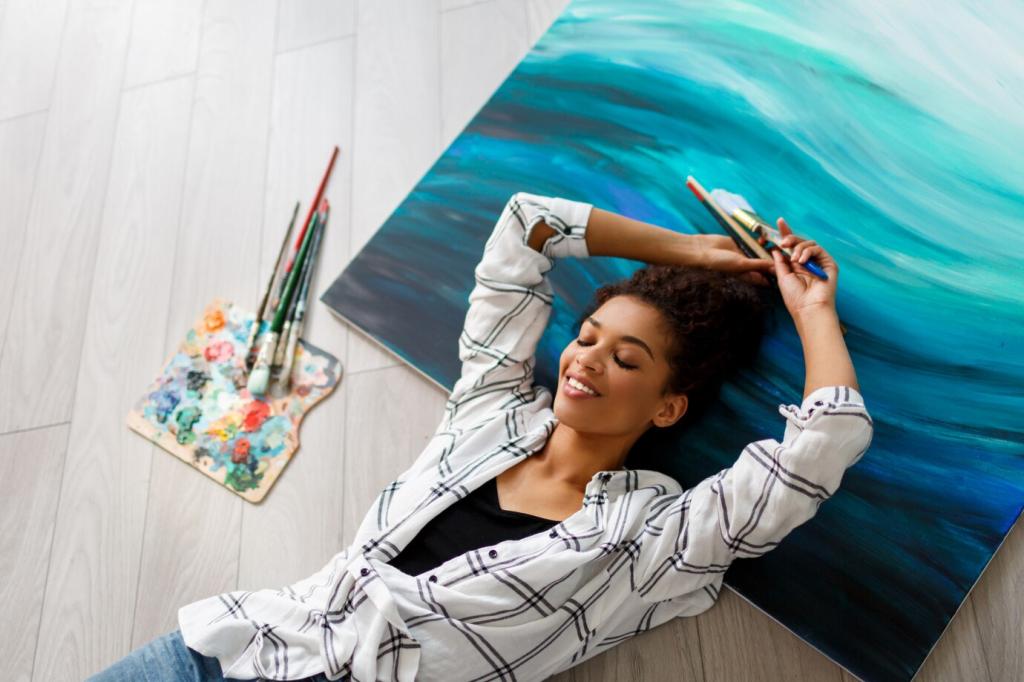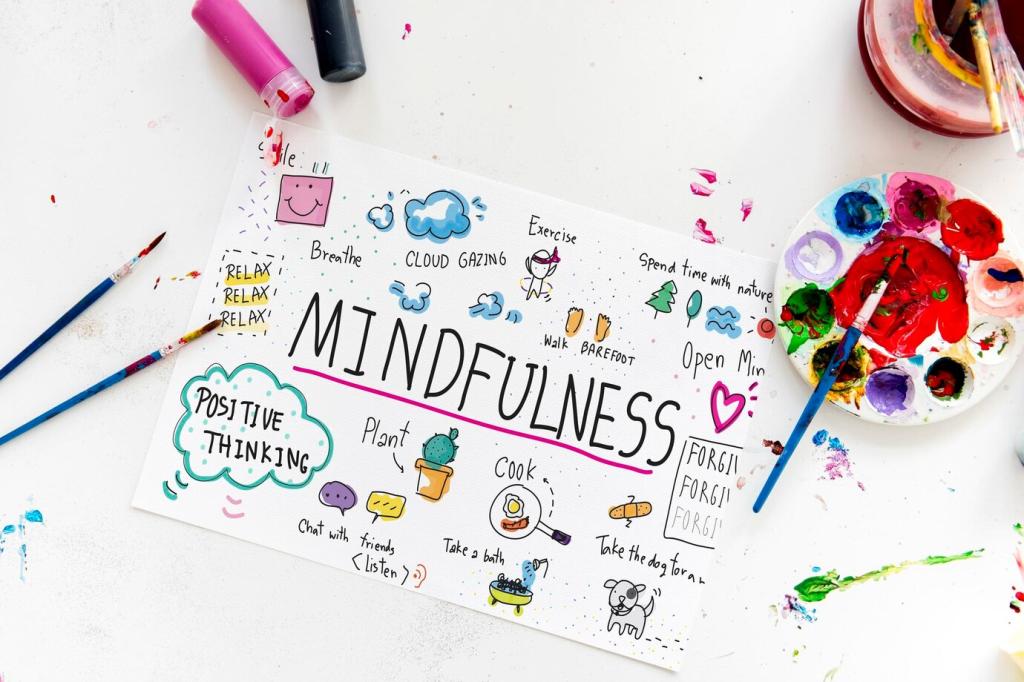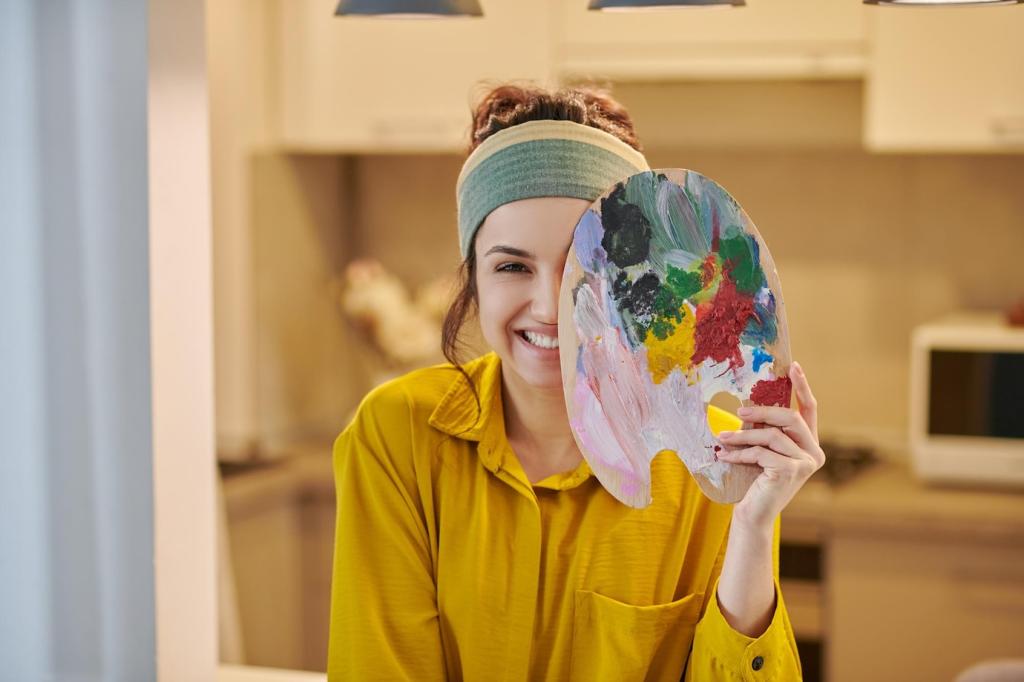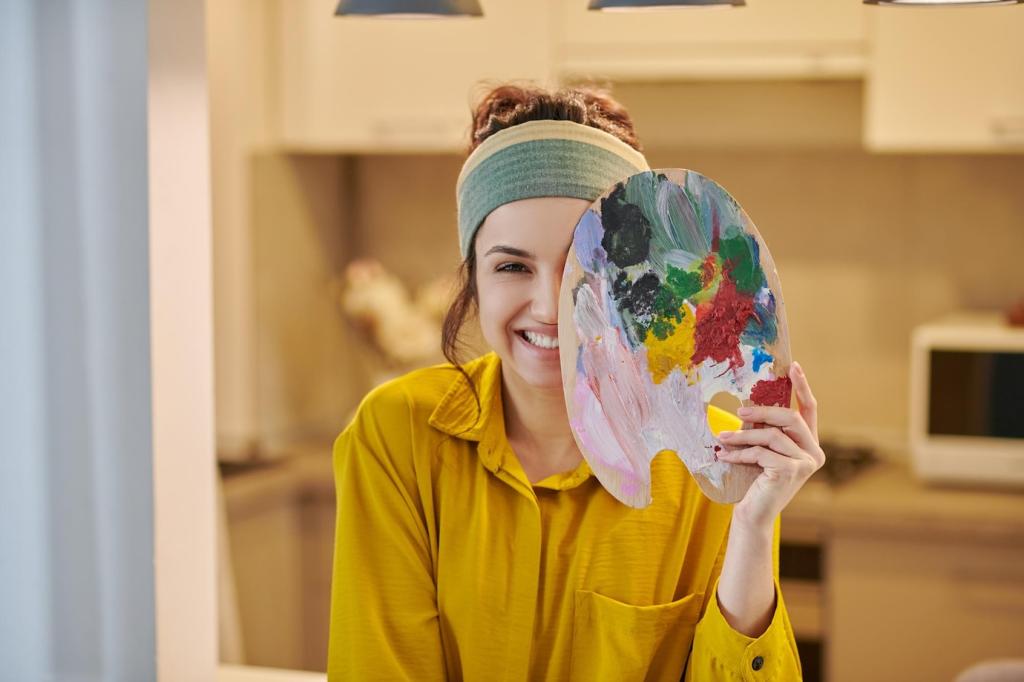Listening to Color: A Quiet Dialogue with Kandinsky
Kandinsky associated blue with spiritual depth and distance, like a lake under starlight. Imagine inhaling slowly into a widening blue space, exhaling as the horizon softens. Write a comment describing the calm that blue gives you.
Listening to Color: A Quiet Dialogue with Kandinsky
For Kandinsky, yellow presses forward, buzzing with vital clarity. Treat it as mindful alertness rather than tension: a warm sun on your cheek during meditation. Share how you transform brightness into gentle attention without strain.




